Amplifying Women’s Voices in Landscape Architecture
Sasaki’s Allyson Mendenhall moderates roundtable discussion on fostering gender equity in landscape architecture
 Sasaki
Sasaki

In Sasaki’s multidisciplinary design practice, the presence of ecologists who also have landscape architecture degrees enables synergies that might not happen otherwise. Dual‐degree practitioners understand the collaborative design process and realize a design solution does not rest solely on black‐and‐white research and analysis. At the same time, anchoring design in science‐based decisions helps Sasaki project teams promote healthy ecosystems across project types and scales. This article focuses on the landscape architect‐ecologists at Sasaki, highlighting how they leverage their blend of schooling and expertise in practice, how they integrate and educate on ecological thinking to impact project outcomes, and how they view the challenges and opportunities to exert ecological influence in design decision‐making.
This article first appeared in Landscape Journal in November 2023. See it in its original format here.
In 2018, Sasaki leadership adjusted the nomenclature of the landscape architecture practice within the larger interdisciplinary firm. Internally and externally, the landscape practice was referred to as SITE because of the association with site design. But true to Hideo Sasaki’s intentions for the firm he founded in 1953, the practice also focused on larger scale landscape systems. It tied design to context and to global challenges related to ecological health, environmental impact, and social equity. The SITE moniker, which had taken root over the decades, did not capture the value of Sasaki’s landscape architecture staff to the entire design process and projects across scales. And it did not recognize the other internal roles and contributors on a typical Sasaki design team—namely, civil engineers and ecologists. The firm wanted to be more explicit about its services and staff assets so that external clients and consultant partners—and internal team members in the planning, urban design, architecture, and interior design disciplines—understood the landscape architecture group’s capabilities.
The refined name—Landscape Architecture, Civil Engineering, and Ecology, or LA+CE—reflects the multidisciplinary nature of the teams that tackle design challenges at Sasaki. “LA+CE helps to identify crossovers for landscape architects to go beyond traditional practice,” says Michael Grove, FASLA, who is principal and chair of Sasaki’s LA+CE discipline and sits on Sasaki’s Board of Directors. “Often, we don’t have to look beyond the firm for civil engineers to support our landscape architects to do more complex, technical work or figure out infrastructural solutions. Our ecologists are vital contributors to projects at all scales and ensure that design proposals consider important questions related to ecosystem health, biodiversity, and natural systems.” “The naming came naturally,” says Tao Zhang, LA+CE principal and chair of design culture on Sasaki’s Board of Directors. “LA+CE stands for everything we do and, importantly, elevates civil engineering and ecology to the same level as landscape architecture.”
Including the C for civil engineering and the E for ecology is important to how landscape architecture is perceived at Sasaki. The civil engineers and ecologists were already at the firm. But explicitly naming them as part of LA+CE alerts others to these essential voices in the design process. “The design teams are buttressed by this additional disciplinary depth,” says Grove. It’s a boon to design conversations that the firm’s three full‐time ecologists are also trained as landscape architects. Their one‐foot‐in‐each‐field expertise is in demand from every corner of practice, not just LA+CE. “Our planners and urban designers want their input on larger frameworks and systems‐scale analyses; our architects want to know what features to integrate in support of biodiverse habitats, stormwater capture, and biomes to reduce energy demands of buildings,” Grove observes.
This article focuses on the landscape architect‐ecologists at Sasaki, highlighting how they leverage their blend of schooling and expertise in practice; how they integrate and educate on ecological thinking to impact project outcomes; and how they view the challenges and opportunities to exert ecological influence in design decision‐making.
Sasaki’s three ecologists, who added graduate degrees in landscape architecture to their initial schooling in ecology, are in high demand. They represent longevity at the firm, ranging from four to 15 years tenure. It is not a hard sell to get teams to tap into their knowledge. Colleagues see the value of the ecologist’s lens in projects across scales and seek guidance on everything from ecoregions to plant species that will support habitat and biodiversity. Grove estimates that the firm could double the number of ecologists on staff and keep them busy—and billable.
Ecologists on the project team add scientific rigor and ground projects in ecological reality, minimizing greenwashing that could otherwise, unintentionally, slip in. “We want them to be up to date on the literature, to have the citations, to do the research, to understand best practices, and to share successful precedents,” says Grove. Ideally, ecologists are able to bridge both worlds, bringing in their ecological perspectives and their training as landscape architects. “An ecologist who also has a design background understands the pressures the design team is under, how sometimes it’s not a cut‐and‐dry scientific decision, and that poetics and aesthetics are also factors in the design process,” adds Grove. For Sasaki, the ecologist‐designer combination is optimal. Designer‐ecologists are more versatile and can engage in productive dialogue with teammates because they understand the collaborative design process and realize a design solution does not rest solely on unambiguous research and analysis.
Sasaki’s ecologists, pictured in Figure 1, describe a variety of roles on project teams and scenarios for influencing planning and design projects. Senior Associate Andy Sell views his role as equal parts researcher, teacher, collaborator, and designer. He minored in terrestrial ecology and forest systems in support of an industrial design major at the University of Michigan (UM) before pursuing an MLA focused on conservation ecology at the UM School of Environment and Sustainability (SEAS). Sell strives to bridge ecological research and analysis and tangible design decisions that can be carried through from concept to implementation. “We often lose the important nuances of research through design iterations, especially when considering maintenance, which has a tremendous impact on biodiversity,” says Sell on the importance of his role. Associate Kelly Farrell, who received an MLA from Cornell University following a BS in Biology from Duke University and an MS in Zoology from Oregon State University, stresses the need to “nudge strongly against all the other inputs that designers are faced with.” She works to make sure the important ecological considerations during the analysis phase, such as flood risks and habitat impacts, are infused meaningfully into the plan and not abandoned as pretty graphics following early design packages. LA+CE Principal Tao Zhang discovered landscape architecture in the middle of a PhD in theoretical ecology at the University of Michigan, following an undergraduate degree in natural resources and an MS in Landscape Ecology at Fudan University in Shanghai and an MS in Sustainable Systems at the University of Michigan. In his 15 years at the firm, he has seen the ecologist’s role progress in terms of demand and impact. “I’m seeing our ecologists develop stronger voices and credibility. With our ecologists now in more senior roles, I observe them guiding and directing the designs. Their ecological knowledge, research, analysis, and creative solutions are a driving force beyond just facts informing the design. We’re there to ensure there is an ecological grounding marrying the science with the more abstract inspiration for the design.”
Still, it is hard to avoid being put in the ecologist box. Despite these ecologists’ landscape architecture schooling and years in designer roles, Sell, pictured collecting site data in Figures 2a and 2b, says it is just as easy to be siloed, as is true of any landscape architect who has a particular talent, such as planting, rendering, or community engagement. Farrell says that some colleagues are confused by her dual role. “They are so accustomed to my ecological consulting on projects that they are then surprised to see me doing CAD work or leading the assembly of a construction set wearing my landscape architect hat.” Sasaki’s planners encounter her through her roles doing large‐scale analysis and providing guidance on natural systems; landscape architect colleagues draw on her expertise on planting plans. Teams must be reminded that the firm’s landscape architect‐ecologists synthesize scientific and design thinking, and that these combined approaches are an asset for any project.
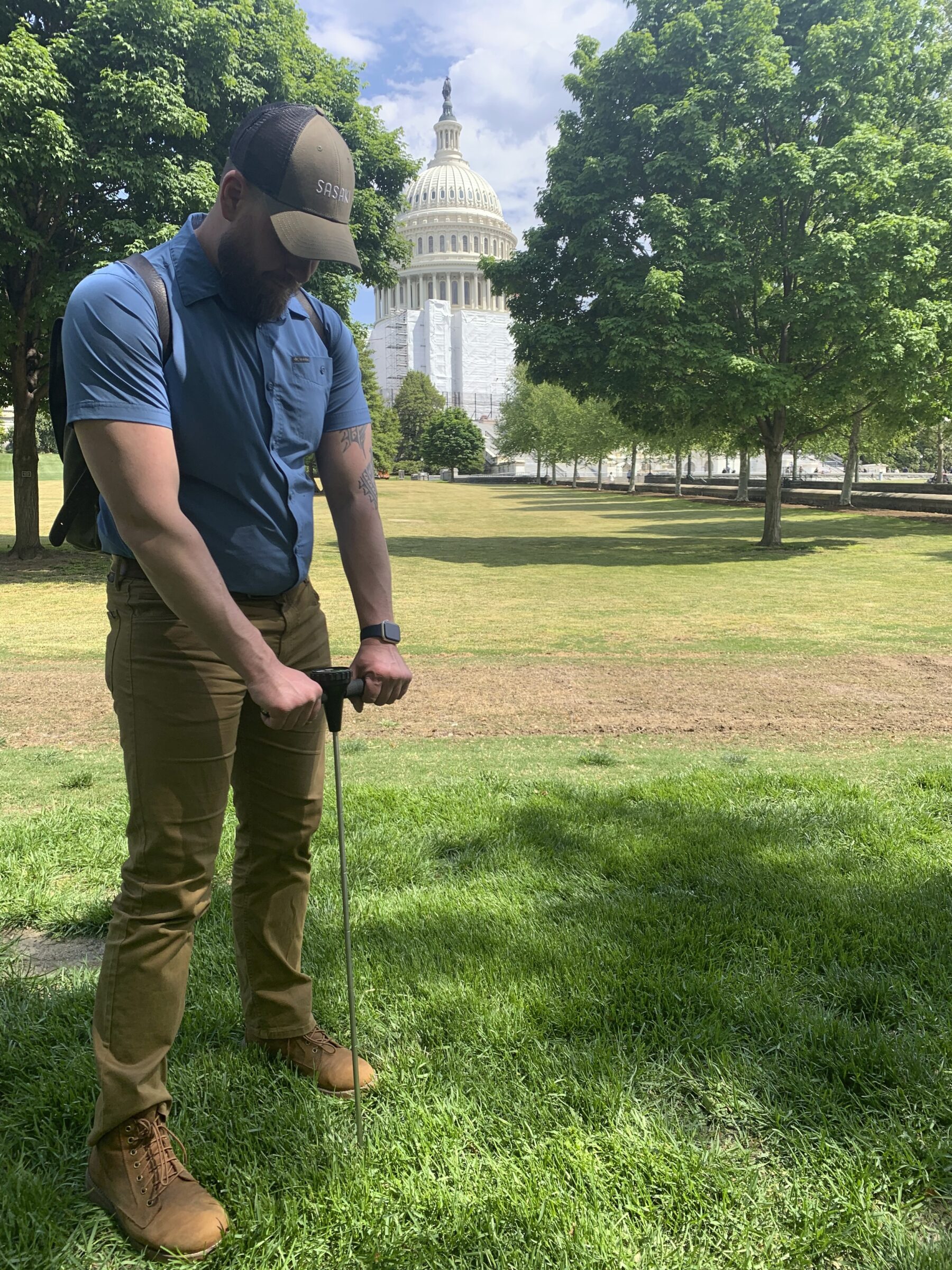
Figures 2a, 2b. Sasaki ecologist Andy Sell and staff using site assessment tools to collect data on existing conditions, including soil compaction levels (left) and infiltration rates (right). Images courtesy of Sasaki.
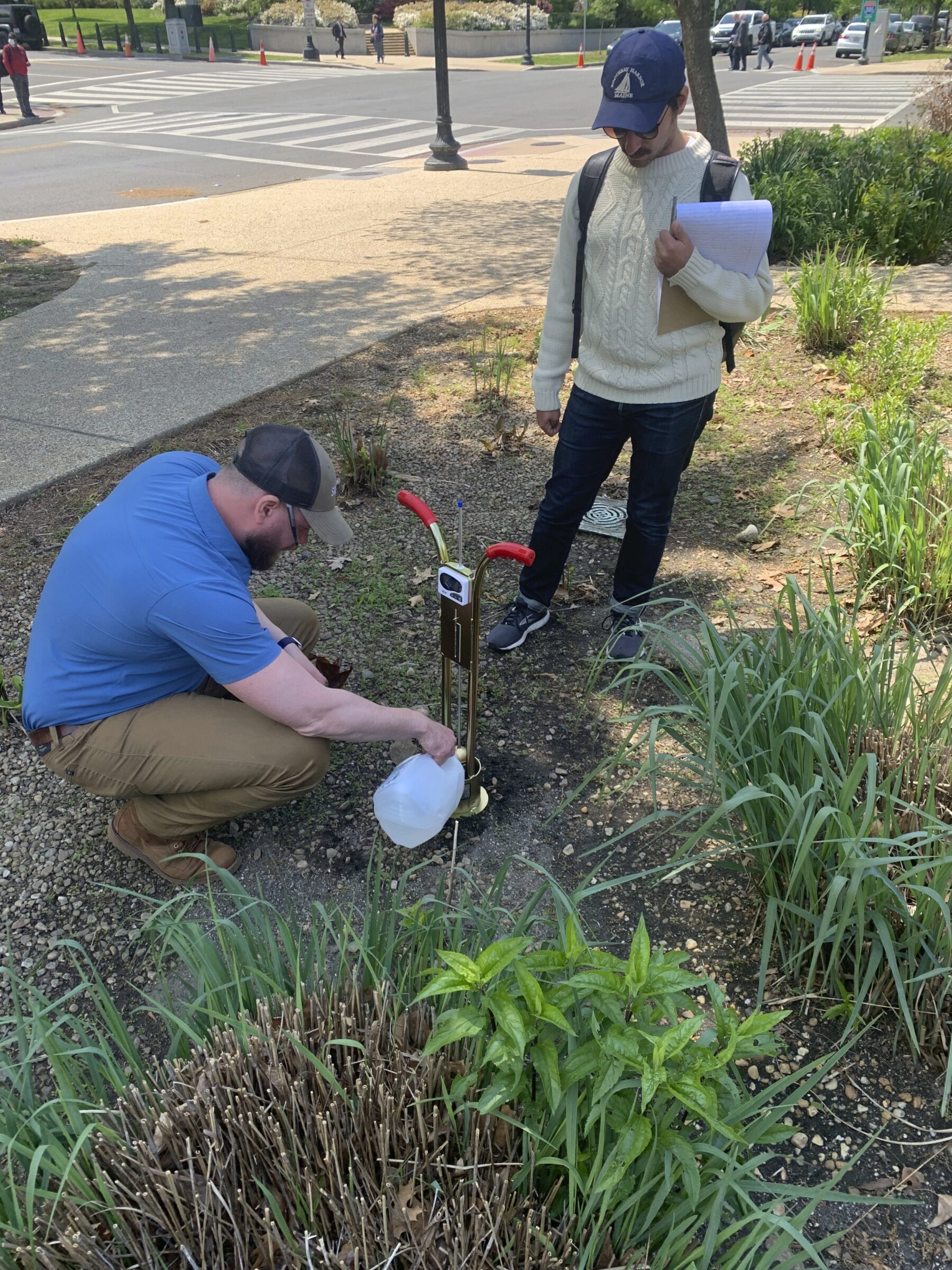
All agree that in design practice, they are removed from the rigorous research they would otherwise do with a scientific degree and career. “It’s hard to keep up with new knowledge and techniques,” says Farrell. She is excited by the potential of the Landscape Architecture Foundation’s Landscape Performance Case Study Initiative, which funds third‐party case studies of built landscapes to evaluate how they are working—environmentally, socially, and economically. She cautions that without post‐occupancy evaluation being a norm in design disciplines, and with the difficulties of keeping up to date with literature in professional services environments, “it’s easy to keep telling the same story without knowing it works.”
Sasaki’s ecologists agree that being a storyteller is often their most important role on project teams. Sell tells stories to help people understand why something like biodiversity is important and why it is meaningful in their own life to support an ecologically centered design solution. “I began my career working as a ranger at Glacier National Park and the first thing you learn is the power of telling stories to empower people to think more sustainably. Facts and figures are abstract, but once they know the story behind a keystone species like the American Beaver, they better understand how important biodiversity is for our health and well‐being.” He explains, “The goal of an ecologist in a design practice is to connect a story to something specific related to the design and to illustrate why a recommended approach has ecological benefits. We can have all the metrics and precedents lined up, but leading with a values‐based story is more digestible and has more potential to take hold.”
Farrell adds, “The story is at least as important for our teammates as for the client. Drawing a line and saying ‘Don’t build in the floodplain’ will only get you so far. It’s easy to ignore that line when the client is pushing for additional developable area. It is more effective to illustrate the flood risk, as best you can determine with sometimes‐scanty data, in both plan and section. This helps you understand—and helps the team understand—which areas hold what type of risk and what strategies would help mitigate that risk. If the team understands the why behind our suggestions, they buy into and carry the story as the scheme evolves. They can explain to the client more precisely the measures that would need to be taken to safely build in a flood zone, and their ecological, social, and economic impacts.” Zhang feels it is critical for Sasaki’s ecologists to speak dual languages so they can translate the academic research into design strategies for ecological resilience. “For your ecological knowledge to have influence, you must be able to communicate scientific information in an accessible way to design peers who might be overwhelmed by facts. Having the scientific and design vocabulary to exchange ideas with designers, and translate for clients and the public, is essential.”
Illustrating ecological concepts is of equal importance to verbal explanations. Sasaki’s ecologists realize that the diagrams they draw must include complex scientific information in support of a recommendation. But they know that graphic sophistication will appeal to their fellow designers. “Designers are biased,” says Zhang. “They gravitate toward compelling graphics—including those that explain quantitative information or scientific concepts. Good ecological designers should be able to achieve both—the sexy diagram but without diluting the science.” Examples of engaging graphics explaining ecology for public stakeholder audiences are shown in Figure 3. For Farrell, this means going beyond the ecologist providing a diagram. “The team may understand an ecological concept based on a sketch, but you have to illustrate what your recommendation looks like on the ground, played out on a site, for them to be able to envision it in a design.”
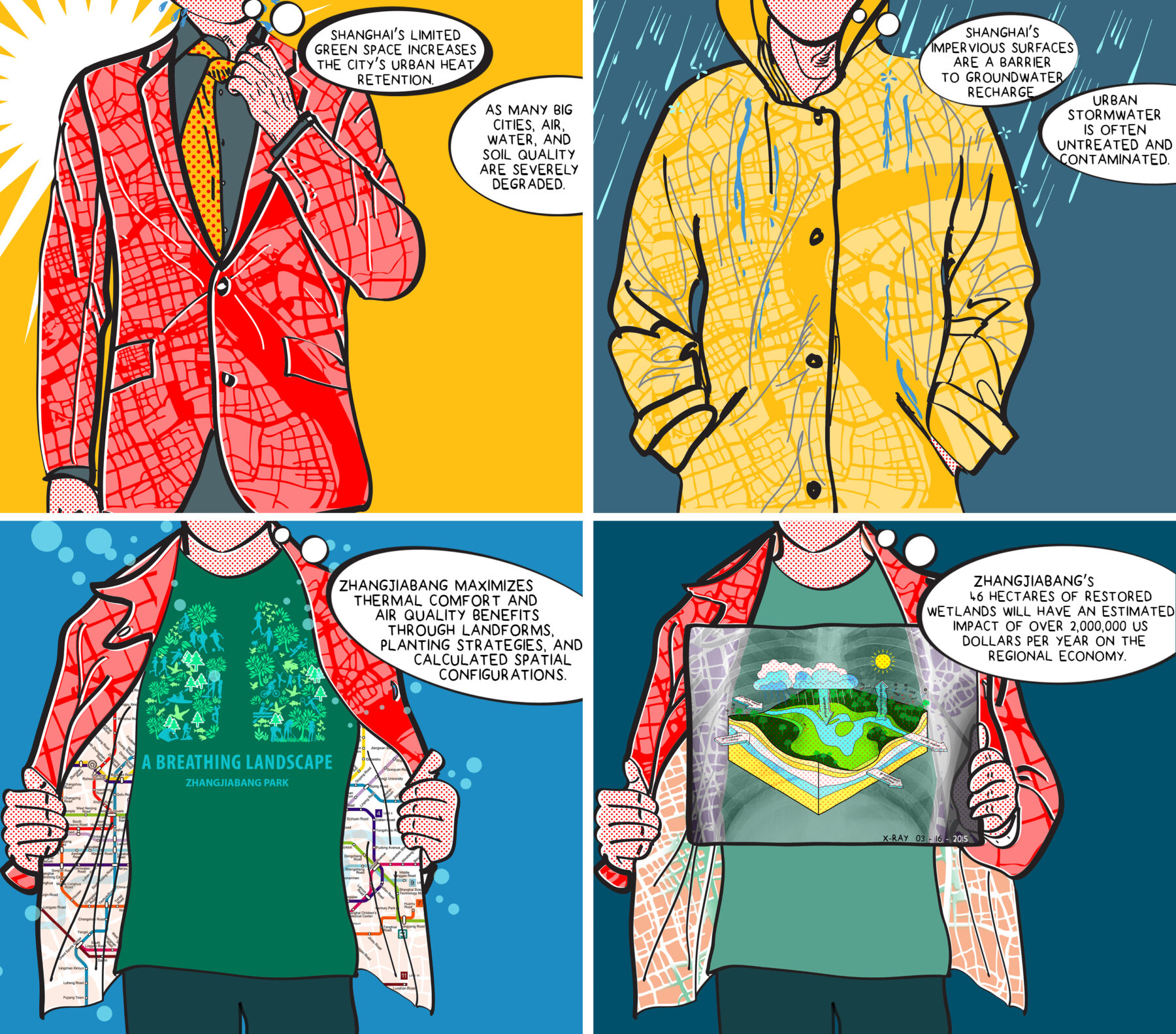
Figure 3. Ecologists in design practice should be able to communicate complex ecological narratives in compelling graphics. Image courtesy of Sasaki.
When Sell introduces concepts to his teammates or clients, he shares illustrations and built examples that show options for what a designed landscape could look like when different ecological principles are emphasized. “Consider a low‐mow turf. Dial ecology way up, adopt an adaptive management strategy, and it can appear more like a restorative tall‐grass prairie; dial it down, and maybe it’s a little bluestem monoculture with a mown edge,” he describes. “I try to show ecological solutions on a spectrum and clearly communicate the costs and benefits so there’s no disillusionment for my teammates or the client. We can illustrate beautiful meadows to replace mown turf in theory, but if we don’t communicate and demonstrate the installation and management, it will likely fail to meet anyone’s expectations.” The images in Figures 4, 4b and 4c demonstrate and distinguish among different “low‐mow” landscape typologies.
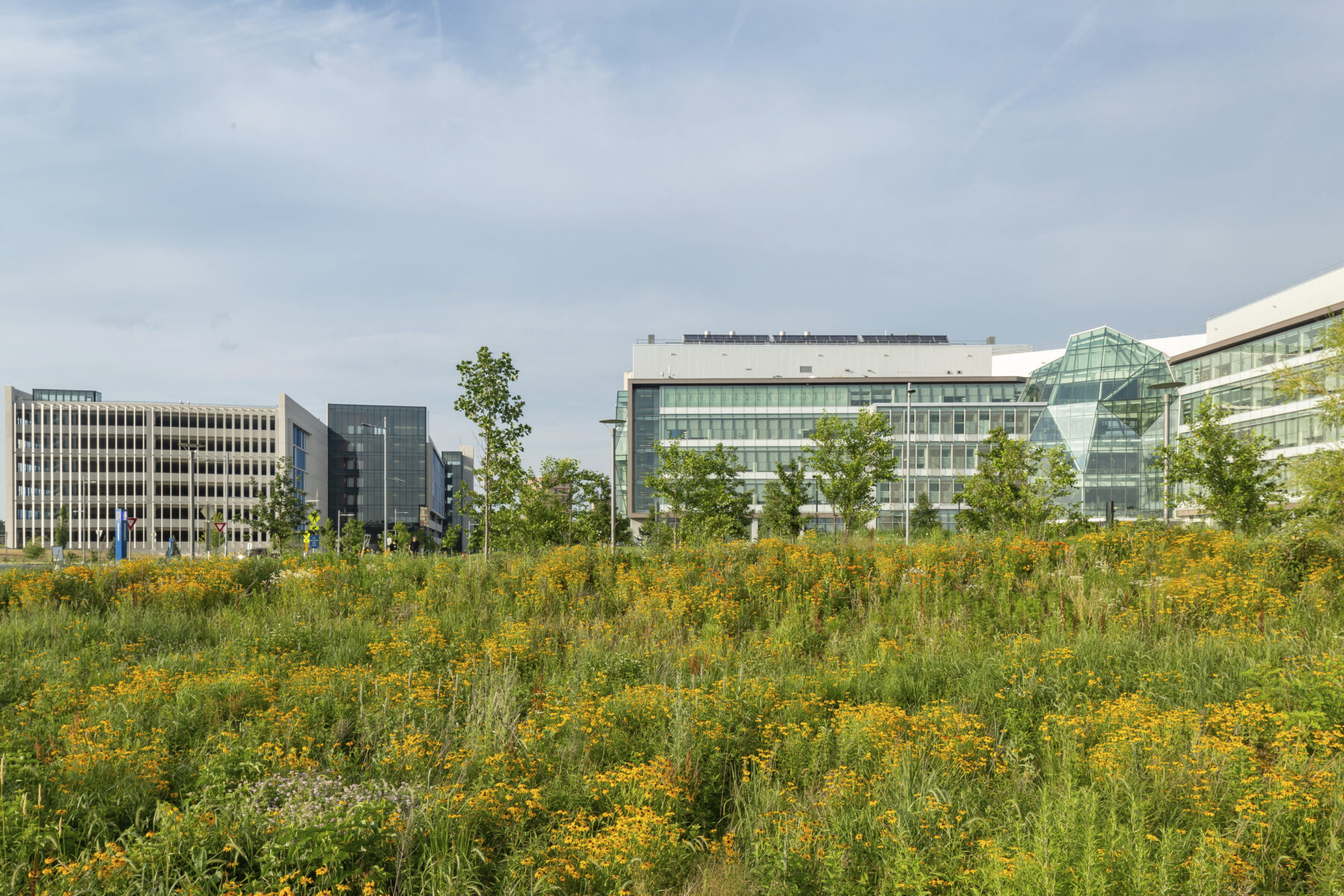
Figure 4a. While installation and initial weed management (and weed tolerance) are crucial aspects in meadow installations, their ecological benefits are far superior to monoculture plantings. Image courtesy of Sasaki.
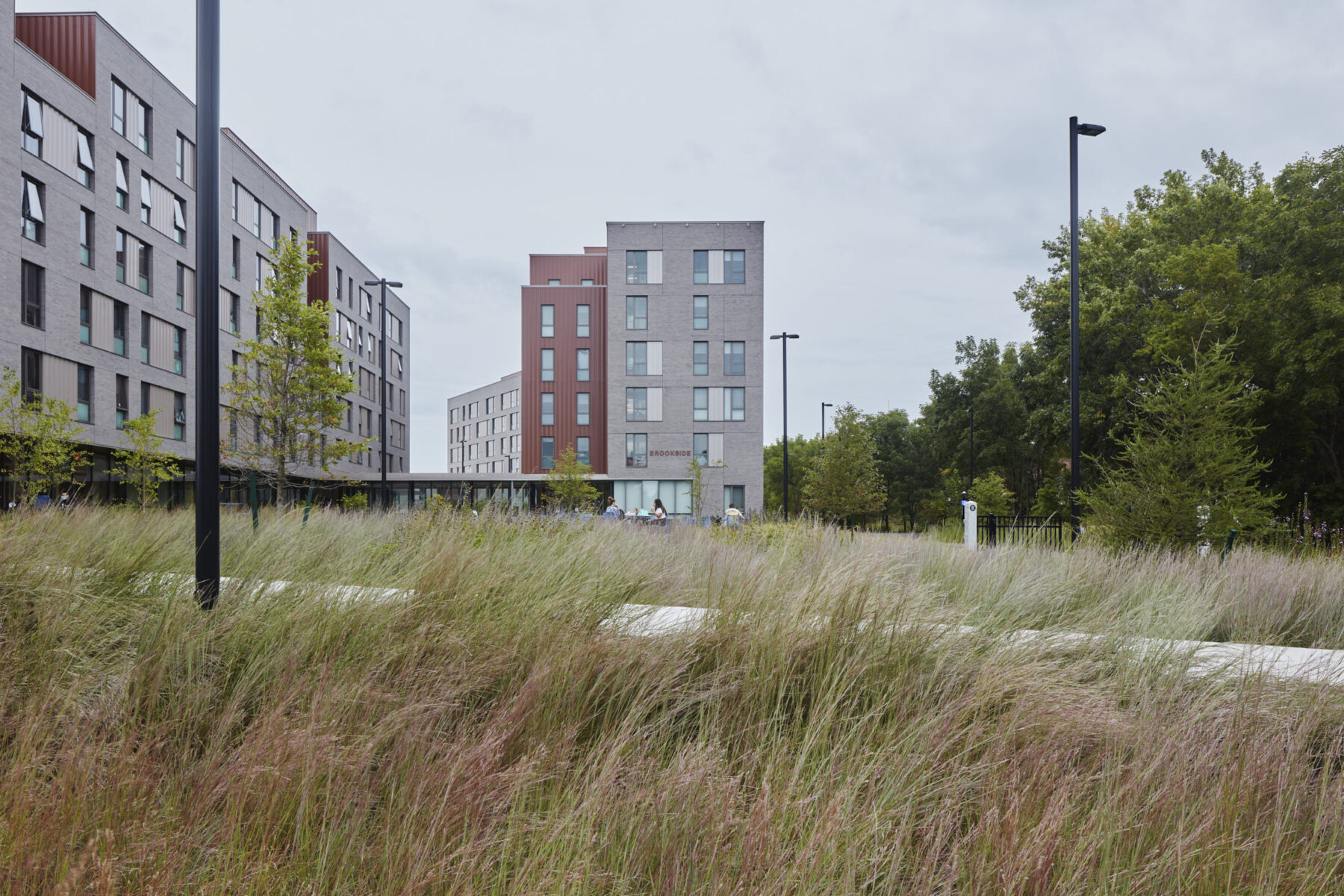
Figure 4b. The University of Rhode Island Brookside landscape takes a structured arrangement approach that considers grass and flowering perennial diversity while also making it easy to mow annually and detect problematic weed species each spring. Image courtesy of Sasaki.
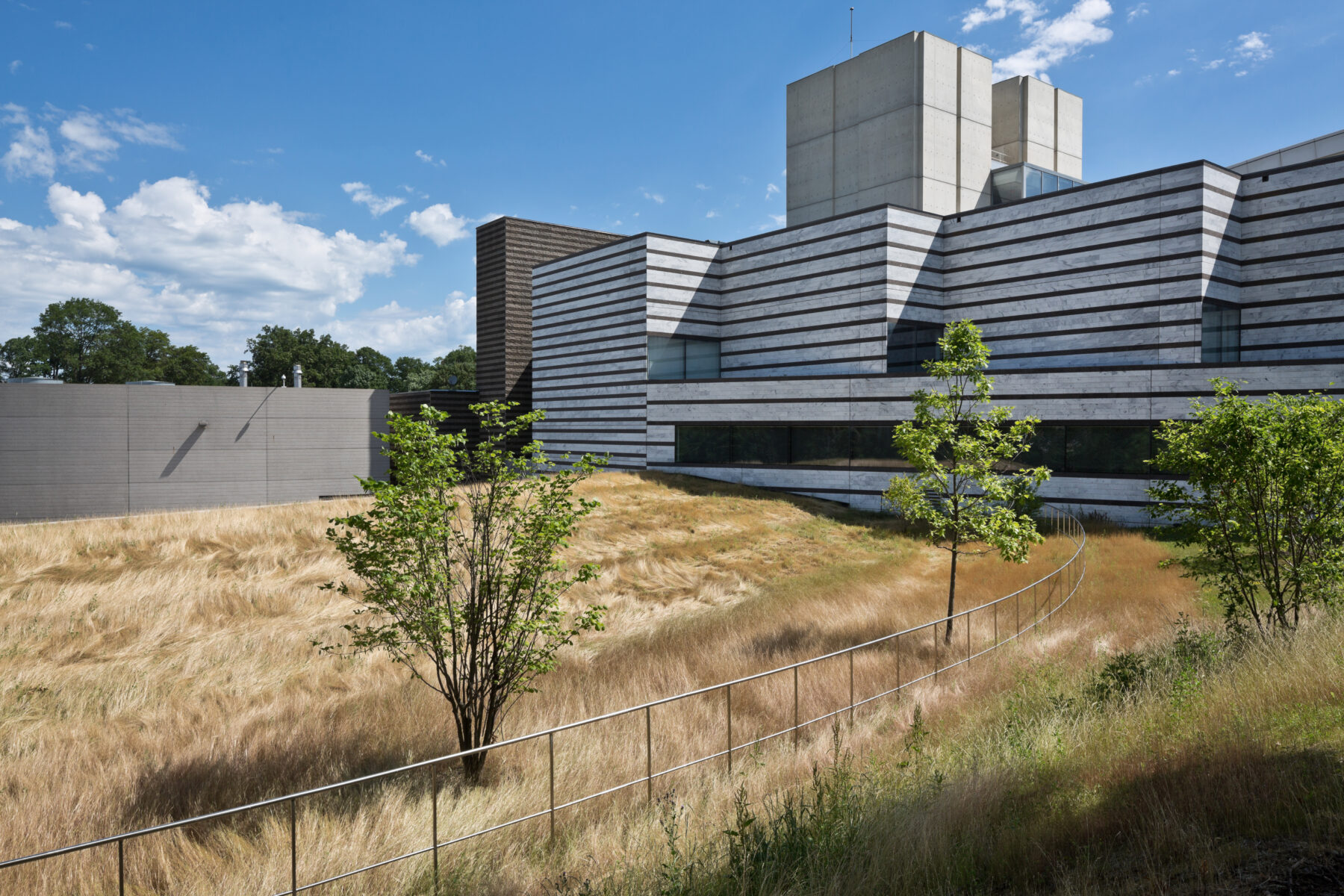
Figure 4c. While not species‐rich, this Festuca and Schizachyrium mix used for the Cleveland Museum of Art maintenance building green roof and landscape extension balances landscape sustainability and aesthetics by helping to reduce landscape inputs like regular mowing. Image courtesy of Sasaki.
Figure 4a. While installation and initial weed management (and weed tolerance) are crucial aspects in meadow installations, their ecological benefits are far superior to monoculture plantings. Image courtesy of Sasaki.
Figure 4b. The University of Rhode Island Brookside landscape takes a structured arrangement approach that considers grass and flowering perennial diversity while also making it easy to mow annually and detect problematic weed species each spring. Image courtesy of Sasaki.
Figure 4c. While not species‐rich, this Festuca and Schizachyrium mix used for the Cleveland Museum of Art maintenance building green roof and landscape extension balances landscape sustainability and aesthetics by helping to reduce landscape inputs like regular mowing. Image courtesy of Sasaki.
The goal of having ecologists on staff, in addition to bringing on consultants for select projects to bolster this specialized expertise, is to have them ever present to influence the work. Each can point to a project where the outcome is different—is more ecologically driven and legible—as a result of their amplified voice in the design process.
In Athens, Greece, Sasaki is designing the 650‐acre Ellinikon Metropolitan Park as the centerpiece of a new mixed‐use district on the site of the original Athens International Airport, which was decommissioned in 2001. Obsolete infrastructure will be transformed into a restorative and resilient landscape, which will become Europe’s largest coastal park. In the 20‐plus years since the airport was decommissioned, there have been multiple master planning efforts. With ecology as one of Sasaki’s primary drivers, the team brought something completely different than previous visions. The entire project, from analysis to design, is focused on ecological restoration, biodiversity, and carbon neutrality—all integral to the client’s goals of creating a livable neighborhood. These ecological emphases are depicted in Figure 5 and Figure 6.
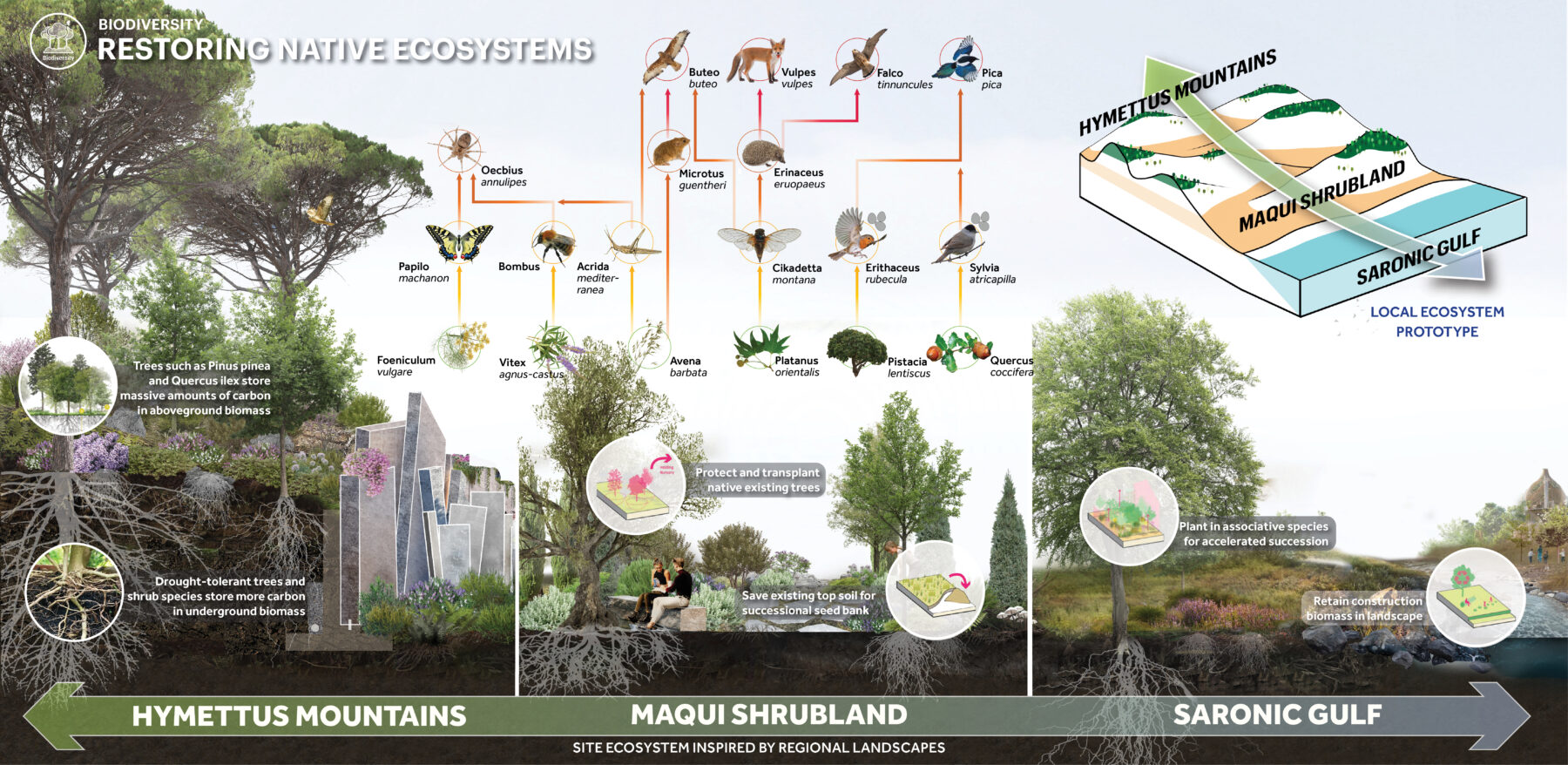
The Sasaki team utilized Mediterranean ecosystem restoration techniques to inform design parameters so as to increase interspecies food webs and increase carbon sequestration through landscape succession in the Ellinikon Metropolitan Park project. Image courtesy of Sasaki.
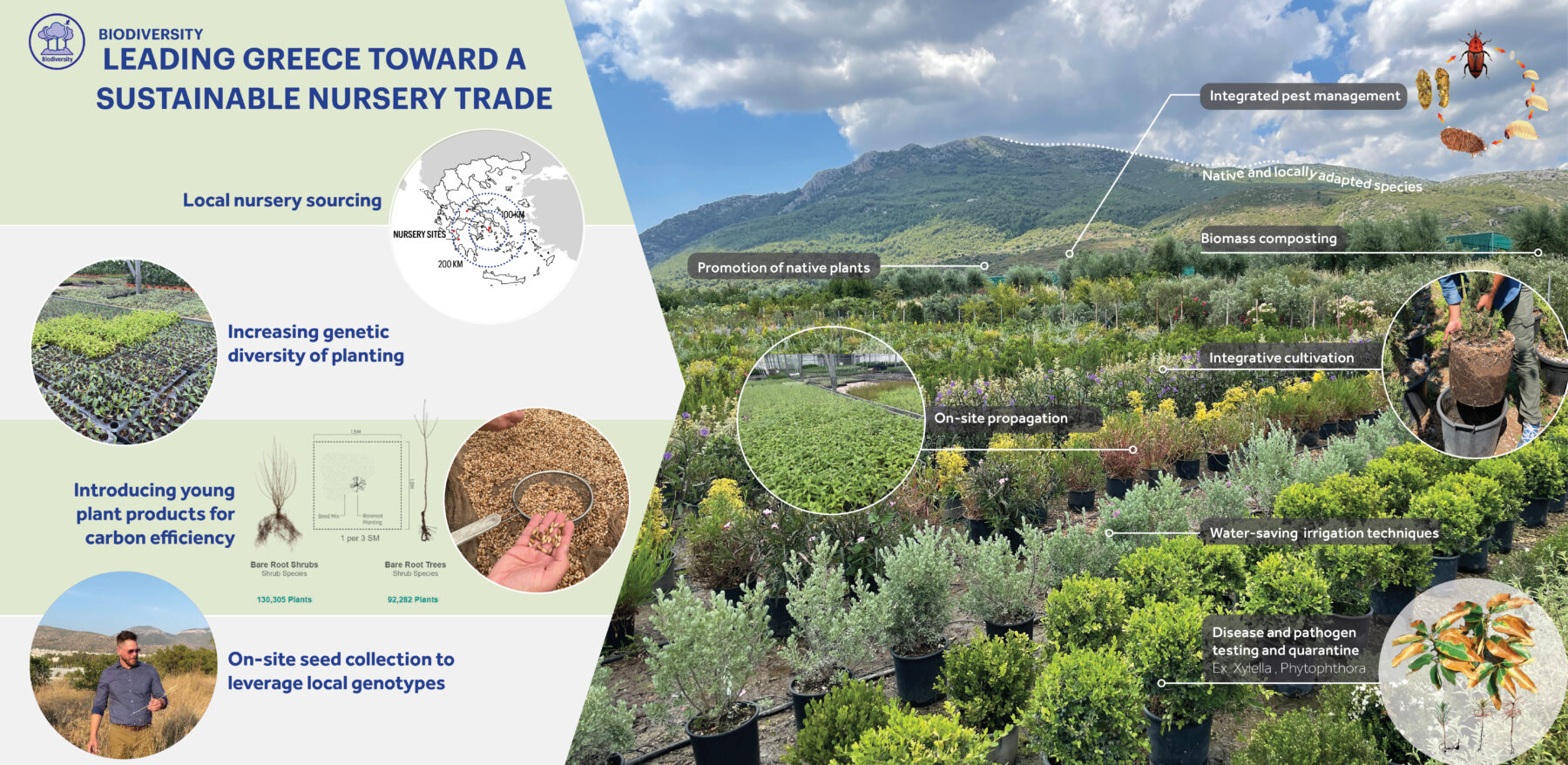
Utilizing local plant genotypes is paramount in the design to reduce imported diseases and pests, increase local adaptability, and help the Greek nursery trade adopt more sustainable practices. Image courtesy of Sasaki.
Sell worked with one of Greece’s leading botanists, Dr. Panayotis Dimopoulos, to conceptualize and design the park restoration methods and plan for climate change‐based resilient forest and shrubland habitat. This included saving thousands of mature trees—either through protective fencing or transplanting—some of which are shown in a temporary nursery in Figure 7. Sell notes, “When we told the client that it would take 50 or more years to regrow those charismatic Tamarisk trees, they realized how important they were for immediate visual impact and ecological benefits. The park presents an opportunity to restore vital habitat and ecosystem functions in a densely urban fabric, balancing cultural expression with robust renaturalization. We are helping to redefine how Athenians will encounter nature in their neighborhoods—and I hope that means kids get to see more tortoises and magpies.”
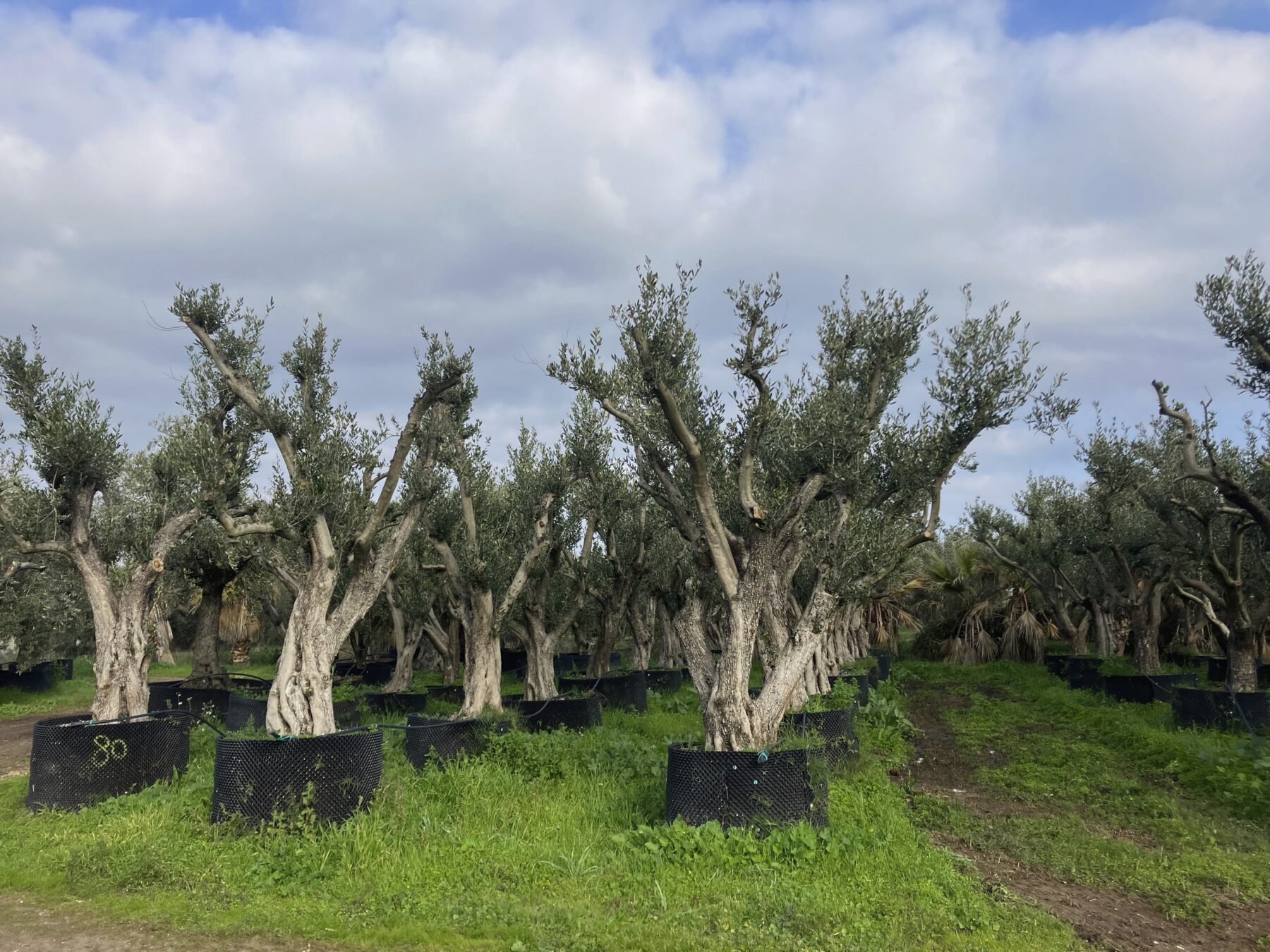
In addition to hundreds of mature trees saved through protective fencing, over 3,000 easy‐to‐transplant trees, like these exemplars of the charismatic European olive (Olea europaea), have been moved to a temporary nursery for use in later Ellinikon Metropolitan Park construction phases. Images courtesy of Lambda Development, S.A.
Zhang ties his professional development and advancement in the firm to his dual expertise in ecology and design and his ability to bridge gaps between fields of design practice and science. Zhangjiabang Park in Shanghai was one of his first projects where he felt a balance was struck between ecology and high design. At one and a half times the size of NYC’s Central Park, Zhangjiabang Park creates a significant amount of diverse wetland and woodland habitats to augment the natural environment in a densely populated city. The first of Shanghai’s eight planned “green wedges,” the park’s landscape strategy focuses on an existing canal and its tributaries to improve water quality and rebuild the biodiversity of the region’s aquatic ecosystems. “Every design decision was ecologically inspired,” he says. “Wearing my ecologist hat and my landscape architect hat, I could confidently explain the ecological reasoning beyond each design move and use engaging diagrams for storytelling and, importantly, ensure the ecologies are legible when experiencing the space.” Figures 8a, 8b, and 9 are examples of eco‐scientific diagrammatic storytelling created by the Sasaki project team led by Zhang and Grove.
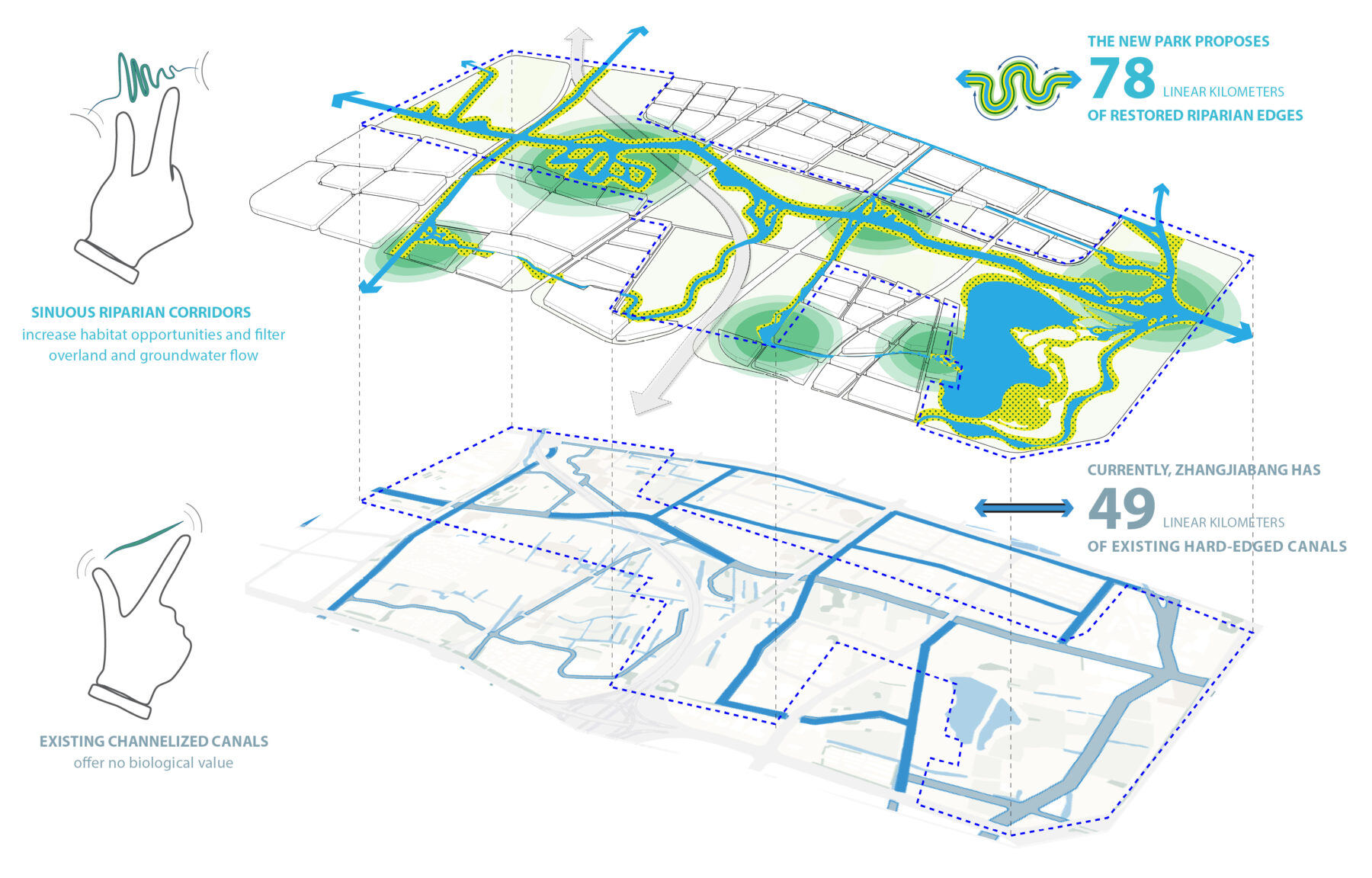
Figure 8a. Diagrams explaining the the benefits provided by healthy ecosystem services at Zhangjiabang Park. Image courtesy of Sasaki.
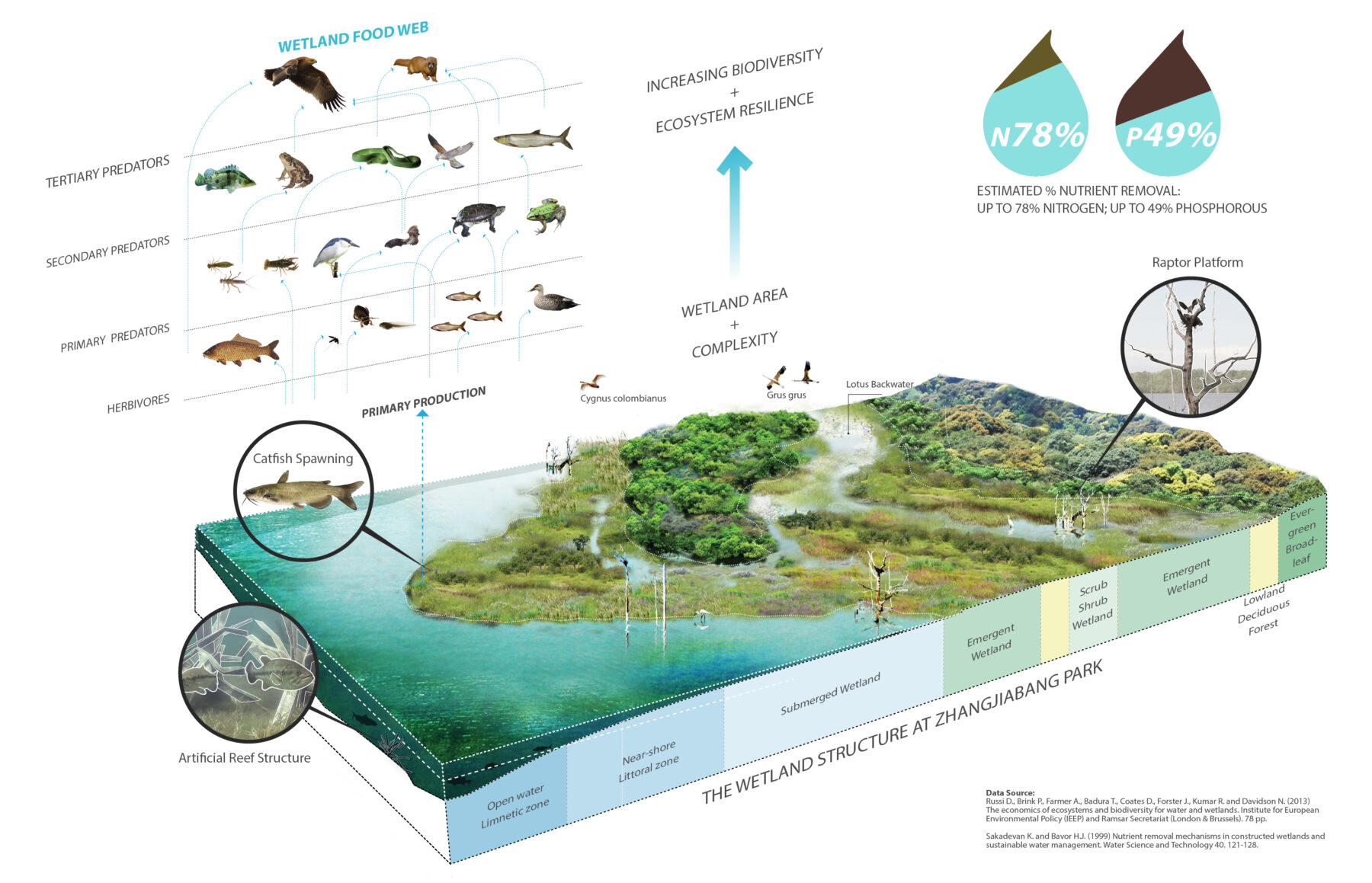
Figure 8b. Diagrams explaining the ecology and science behind Zhangjiabang Park’s wetland habitats. Image courtesy of Sasaki.
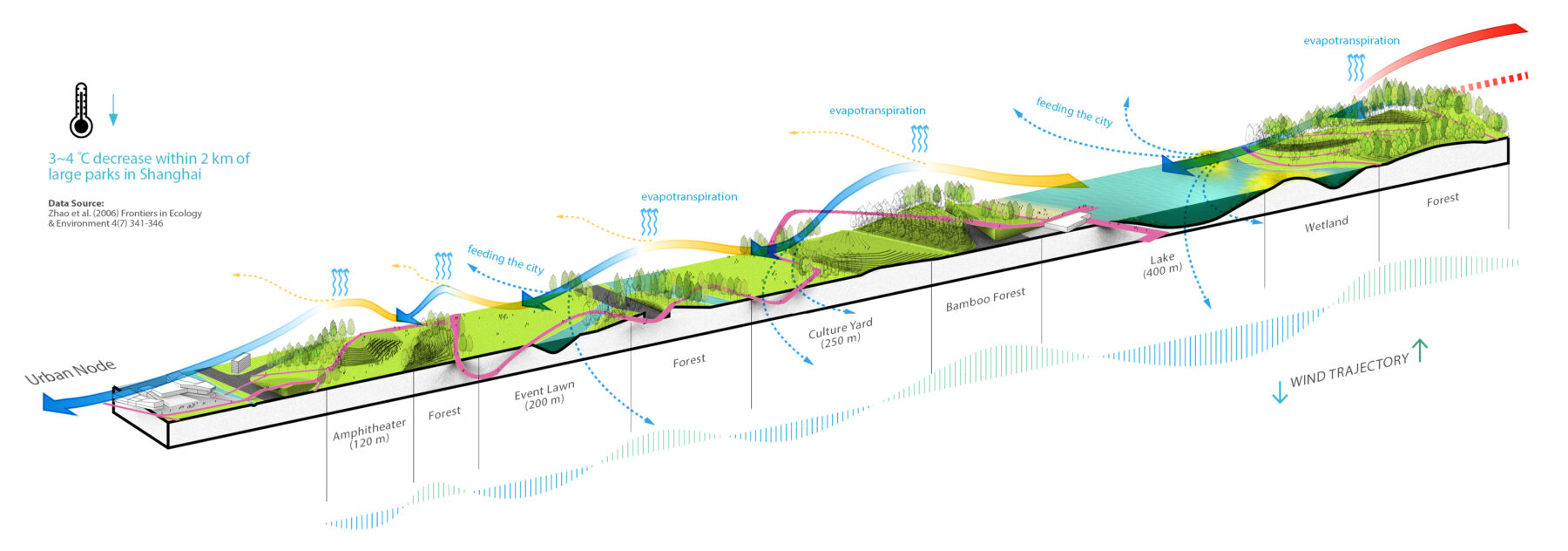
Figure 9. Closed canopy woodlots and recreational open areas are strategically configured to provide comfortable microclimates within and adjacent to the park. Image courtesy of Sasaki.
Figure 8a. Diagrams explaining the the benefits provided by healthy ecosystem services at Zhangjiabang Park. Image courtesy of Sasaki.
Figure 8b. Diagrams explaining the ecology and science behind Zhangjiabang Park’s wetland habitats. Image courtesy of Sasaki.
Figure 9. Closed canopy woodlots and recreational open areas are strategically configured to provide comfortable microclimates within and adjacent to the park. Image courtesy of Sasaki.
Farrell observes that most of her projects with a strong ecological narrative were developed in response to an underlying interest by the client. “In my experience, usually ecology has been articulated as an explicit interest of the client from the beginning on the projects where it features strongly. When it is not, we try to educate clients and describe the benefits of ecological solutions. We infiltrate ecology into the project as best we can.” This may take the form of educating design team members about the benefits of integrating stormwater features or using nearby template habitats to inform planting design. These ideas then trickle into the design options shown to the client. “If we can make the most appealing designs also be the ones that incorporate ecological considerations, it’s a win for everyone, even if ecology is not explicitly part of the conversation with the client.”
Landscape architecture professional degree programs require competencies for students in plants, ecosystems, climate science, and resilience. Not every landscape architecture program offers an ecology class. Ecology can be built into plants classes, studios, research, and electives. The depth of exposure to ecology and how LAAB‐required learning outcomes are met vary greatly, depending on the program or type of school (art, design, planning, natural sciences, or agriculture and life sciences) in which it is housed.
Despite this exposure in school, and the strong stated interest in ecologically informed design that is common among most landscape architects—from students to academics and practitioners, the Ecology team at Sasaki has found it necessary to provide supplemental instruction on ecological principles and best practices. Shown in Figure 10, Ecology Bootcamp was introduced in 2023 to augment learning and provide a platform for sharing ecological knowledge across disciplines. Sasaki’s ecologists and other knowledgeable staff developed the curriculum for a year‐long monthly lunch hour series covering ecoregions and habitat, topography, hydrology, soils and plant health, urban ecology, site inventory and metrics. For some attendees, especially the landscape architects and urban planners, it serves as a refresher course. Some of them may have worked at firms that were not ecologically centered before arriving at Sasaki, and their knowledge may therefore be a little rusty. Real examples drawn from Sasaki’s recent and ongoing projects can be eye‐opening for staff, who see firsthand how ecological literacy can benefit their daily practice. Creating opportunities for lifelong learning about ecology in the context of design practice builds competencies, adds value to the work, and results in greater uptake across teams. With their additional ecology degrees, Sasaki’s ecologists are leveraging their knowledge through the Bootcamp, shown in Figure 11, to teach those who may only have taken an ecology class or two while pursuing a design degree.
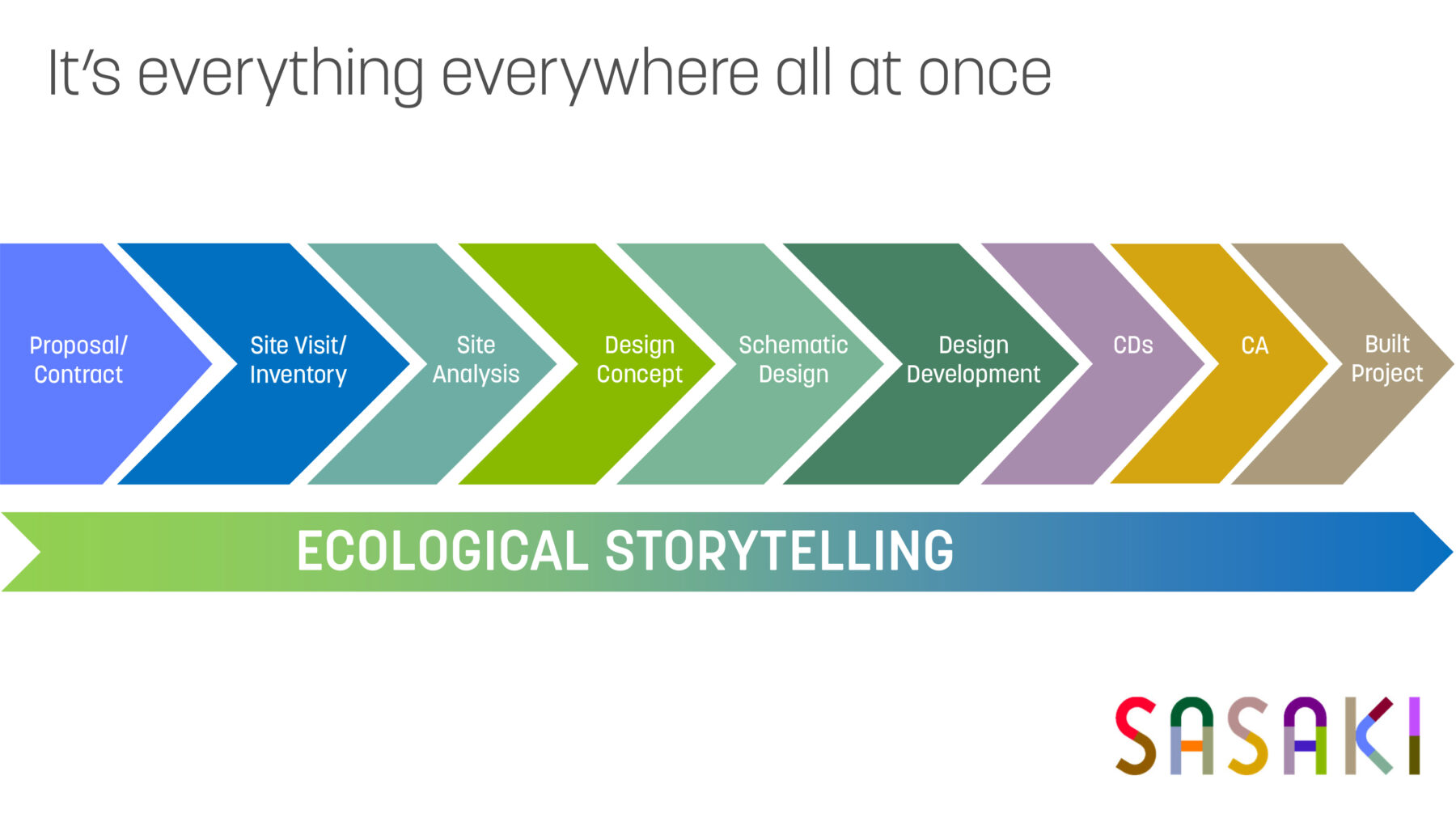
Figure 10. Sasaki views ecologically centered knowledge as a core competency for designers. In 2023, the firm introduced an internal Ecology Bootcamp to augment ecological literacy and methods across disciplines and project scales. Images courtesy of Sasaki.
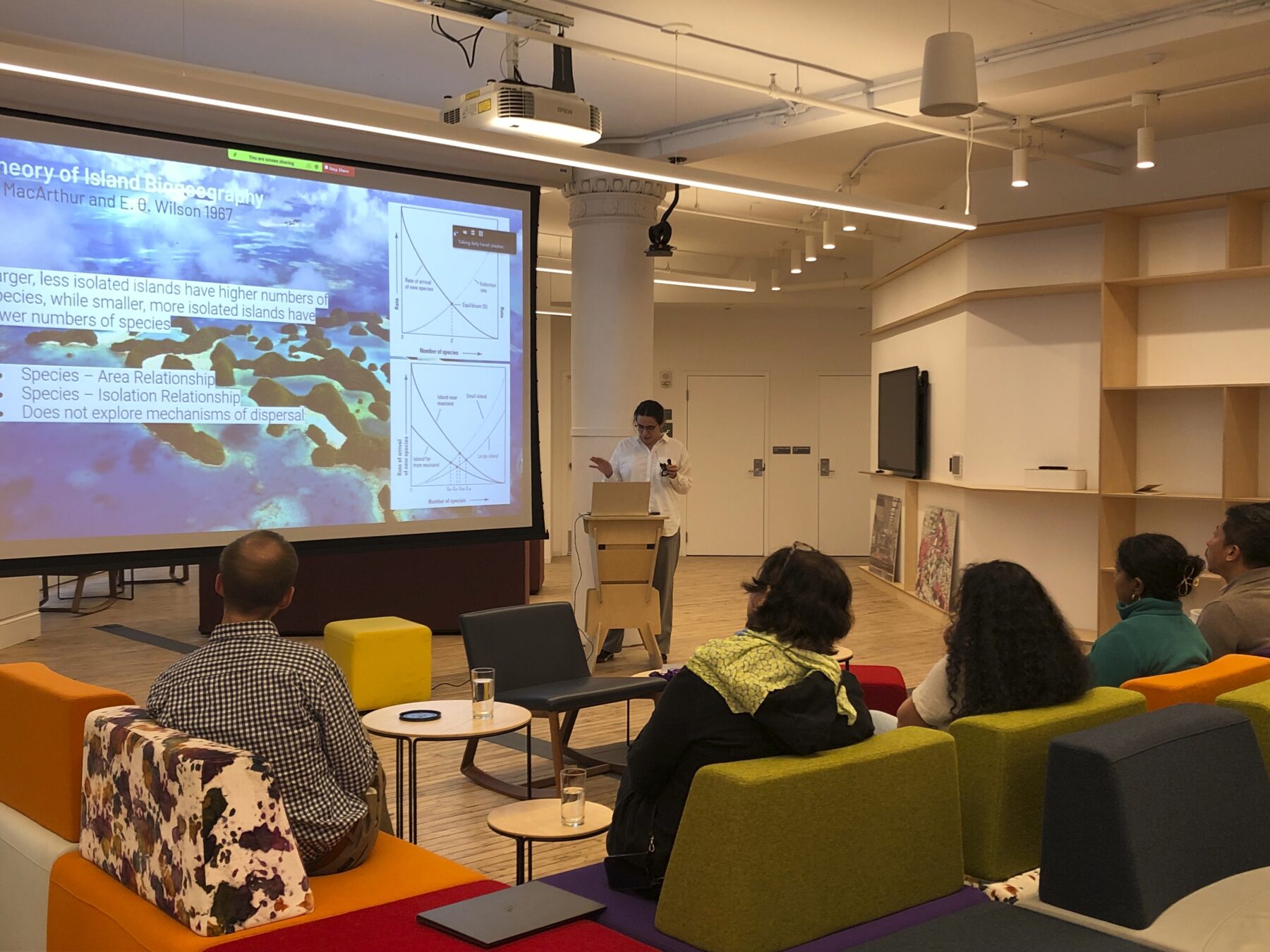
Figure 11. Sasaki’s ecologists and other knowledgeable staff developed the curriculum for a monthly Ecology Bootcamp series covering ecoregions and habitat, topography, hydrology, soils and plant health, urban ecology, site inventory and metrics. Images courtesy of Sasaki.
Ecology is a centerpiece of discourse in Sasaki’s multidisciplinary practice. Ecological thinking has been present since Hideo Sasaki founded the firm 70 years ago. But it has been heightened in the last five years with the renaming of the LA+CE group. Including ecology on the marquee communicates the importance of ecologically integrated design to Sasaki, as well as the broader range of expertise and services the firm offers. The E in LA+CE is backed by a formidable team of trained ecologists who bring an ecological lens to the design process, influence design solutions from system to site scales, and ensure the science carries through to the implemented design. They are raising the ecological consciousness of the project teams, clients, consultant partners, and stakeholders.
“At Sasaki, we want everyone to develop fluency in ecological thinking, and to grow their competency and confidence in blending ecological solutions in design,” says Grove. “With ecologists embedded in our practice, we are able to shape the built environment with ecologically centered approaches. Anchoring design in science‐based decisions helps impact healthy ecosystems everywhere. Our hope is that new generations of students will decide to pursue both degrees—landscape architecture and ecology—and that they will join us in practice to continue to integrate science‐based decisions in design.”
This article, featuring the perspectives of Sasaki design practitioners with ecology and landscape architecture degrees, is based on interviews with the author’s colleagues from Sasaki’s Landscape Architecture, Civil Engineering and Ecology (LA+CE) discipline group, including:
Michael Grove, FASLA, principal, chair of LA+CE
Tao Zhang, principal, chair of design culture
Andy Sell, senior associate
Kelly Farrell, associate
This open‐access article is distributed under the terms of the CC‐BY‐NC‐ND license (https://creativecommons.org/licenses/by-nc-nd/4.0) and is freely available online at https://lj.uwpress.org
Sasaki’s Allyson Mendenhall moderates roundtable discussion on fostering gender equity in landscape architecture
Our environment benefits the most when these two disciplines are in conversation